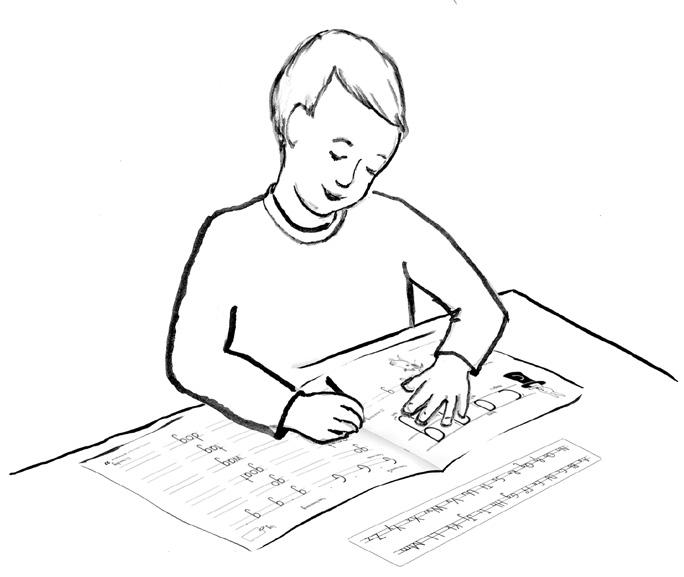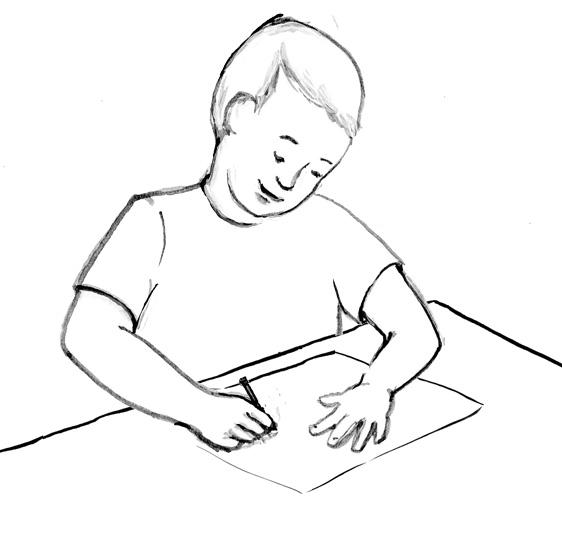
1 minute read
Intent to Prevent
PRE-INSTRUCTIONAL STAGE – PRE-K, TRANSITIONAL KINDERGARTEN, AND KINDERGARTEN
The focus is on building readiness skills essential for learning. Pre-instructional readiness activities promote social-emotional learning, fine motor skills, drawing, coloring, alphabet knowledge, pre-writing, writing, number, and counting skills. Most handwriting lessons will begin with multisensory hands-on learning, which will boost these skills prior to writing letter and numbers.
INSTRUCTIONAL STAGES
Because research shows that children can imitate months before they can copy lines and shapes, the first stage of handwriting instruction is demonstration-imitation. When you demonstrate, children can see your physical motions. They imitate how you move to write a letter or number. For handwriting success in your classroom, use these three stages.
Stage 1 – Direct Instruction (Demo)
The child watches as the teacher writes and then imitates. Ready for next stage?
• No: Do more multisensory activities. • Yes: Let children finish a student edition page by copying models.
cat
Stage 2 – Guided Practice
The child looks at the completed model of a letter, word, or sentence and copies it to match the model. Ready for next stage?
• No: Go back to demonstrating the letter. • Yes: Supervise copying.
Stage 3 – Independent Practice
The child writes unassisted, without a demonstration or a model.
You will know when your children are ready for independent writing when they can:
• Write their names correctly. • Write letters from memory. • Write dictated words (assist with spelling). • Enjoy free writing.








